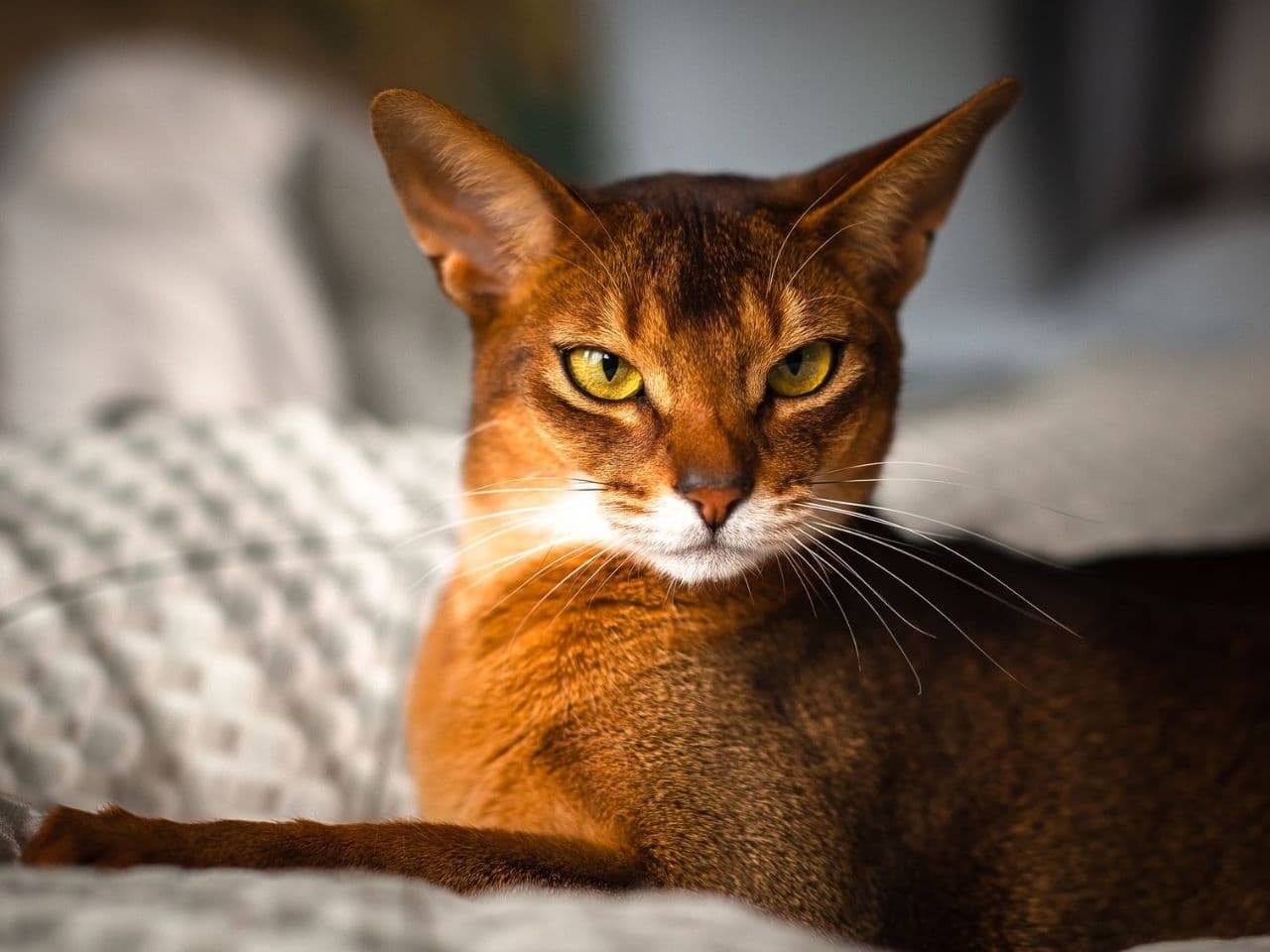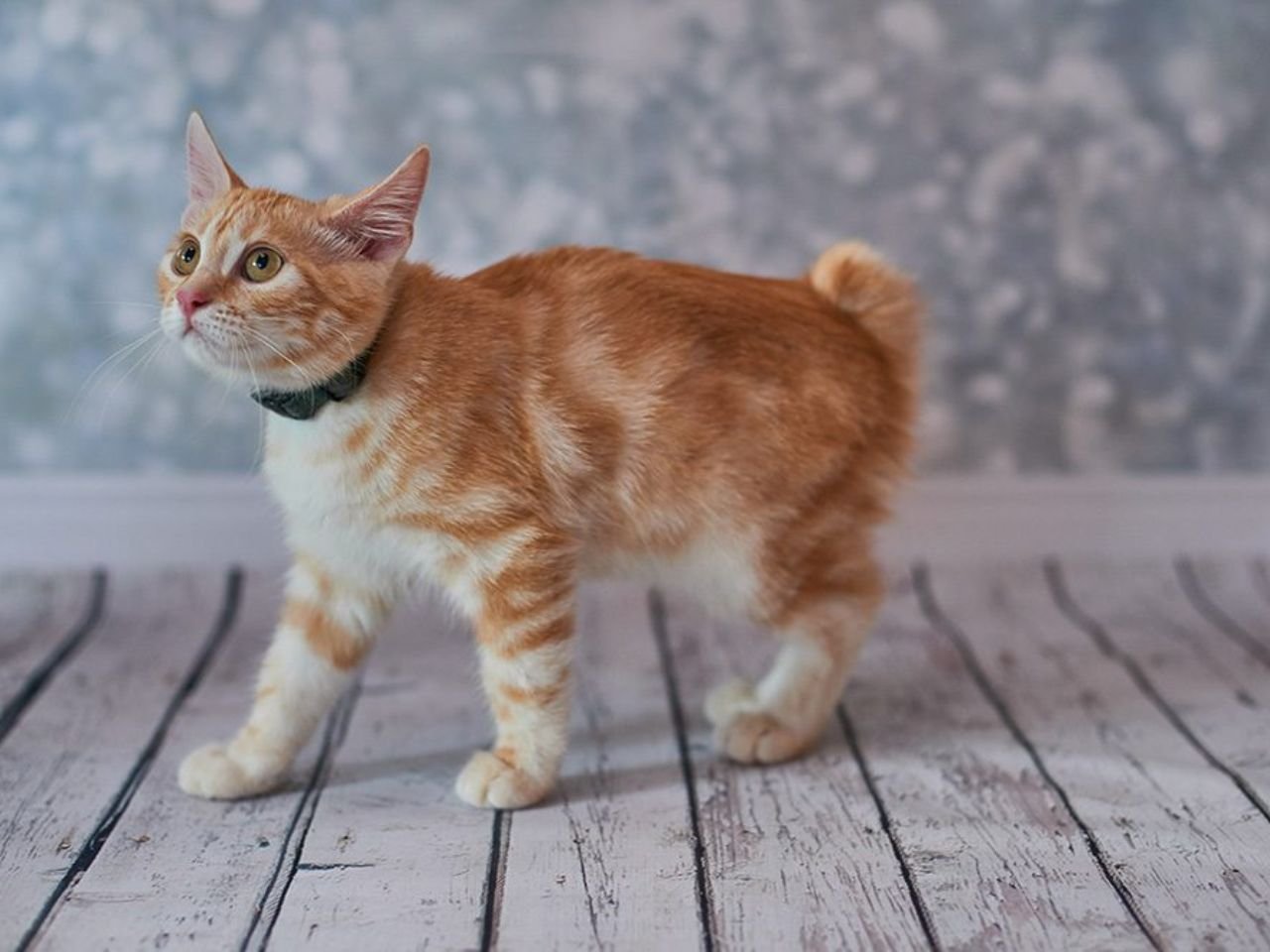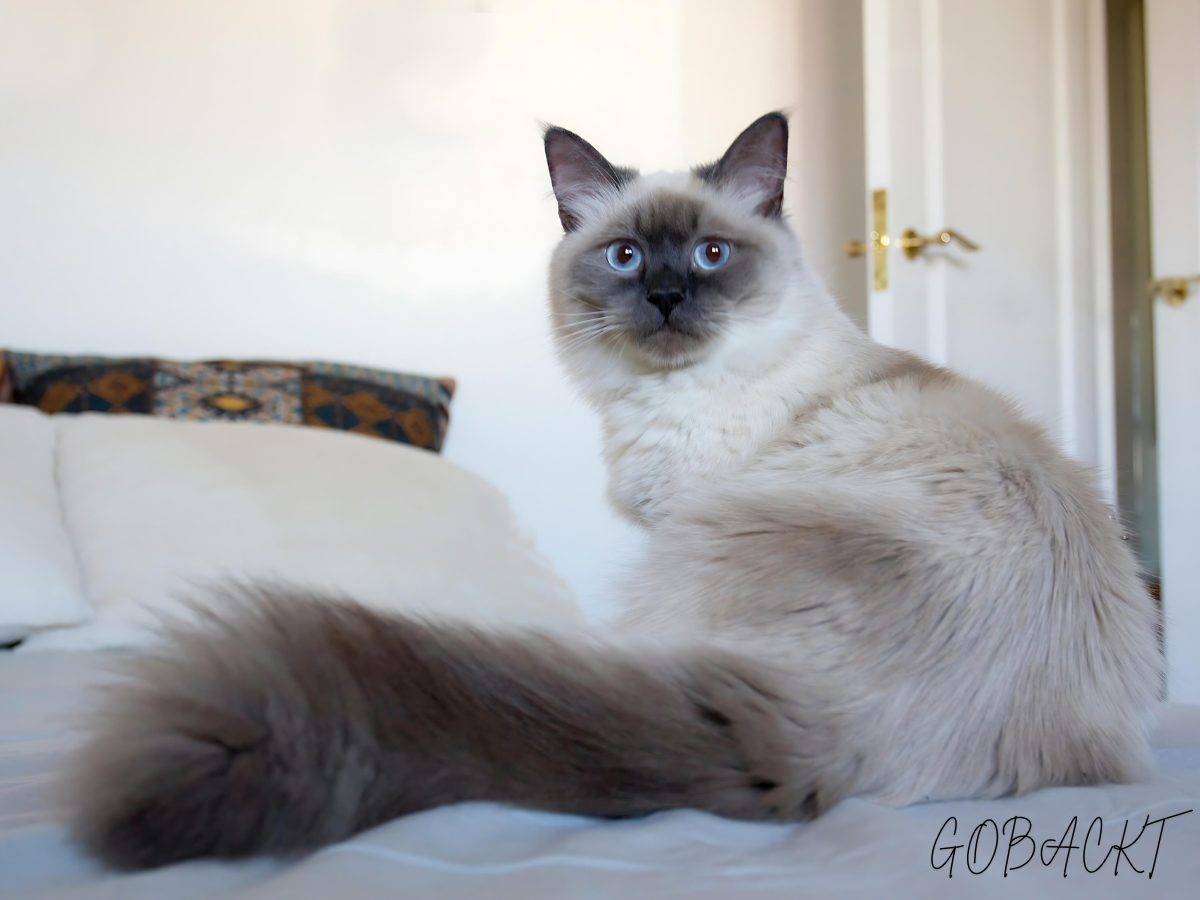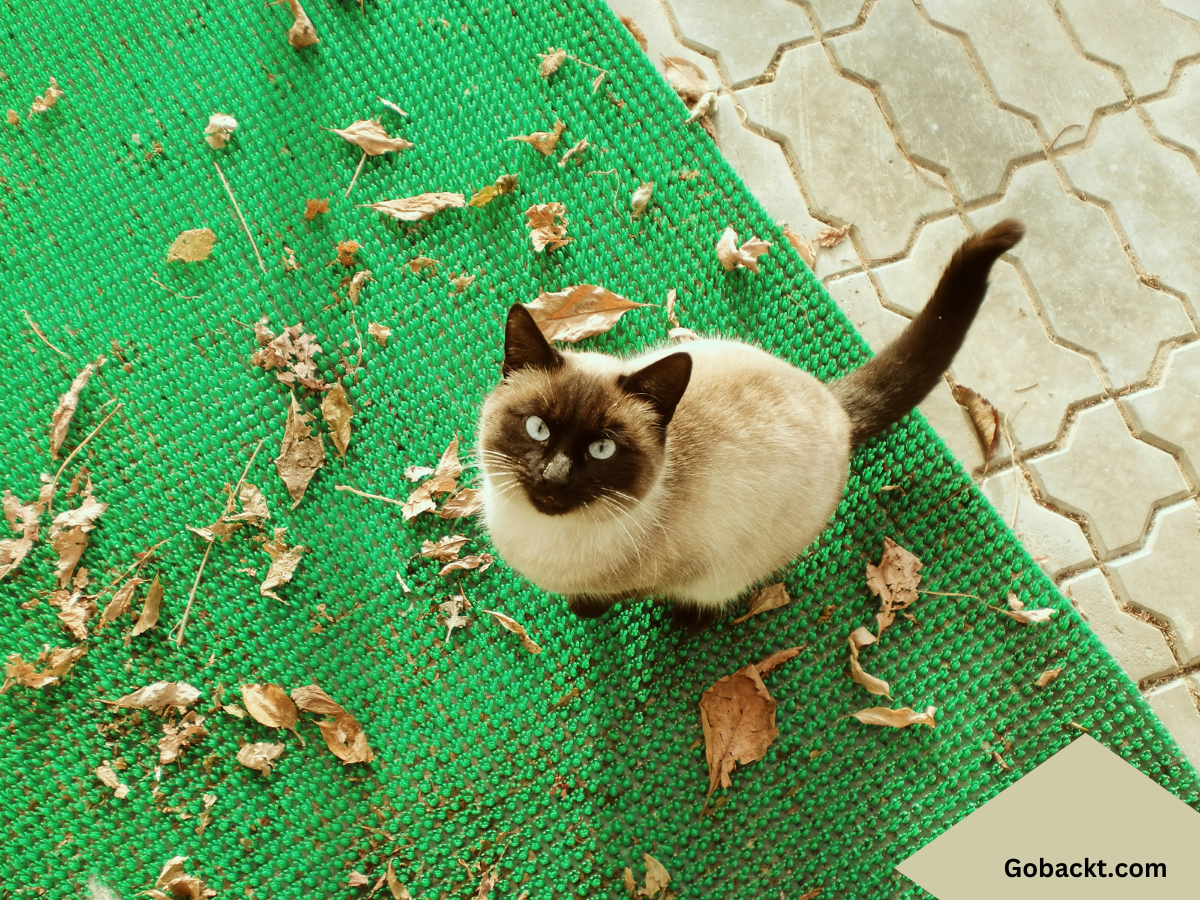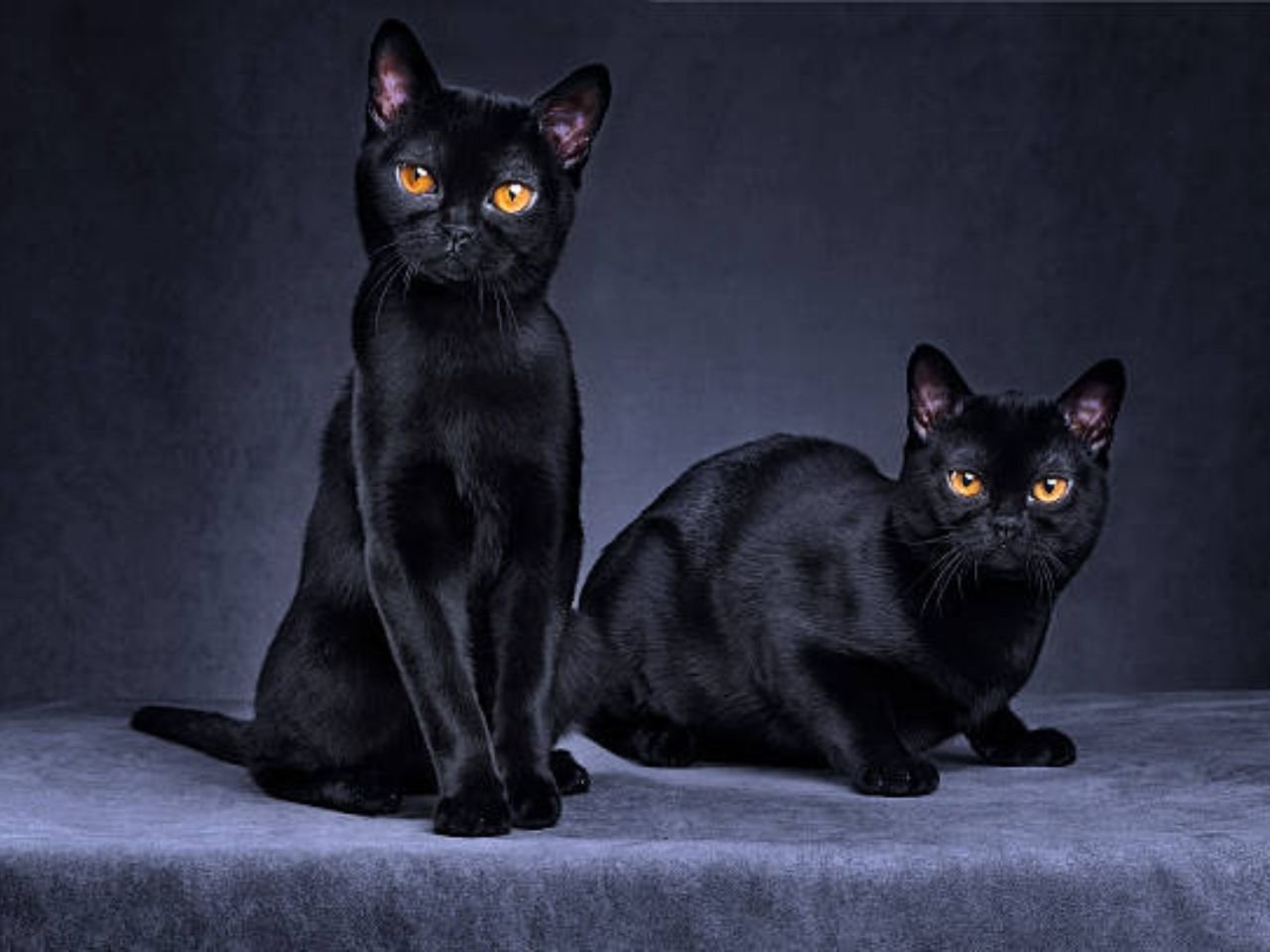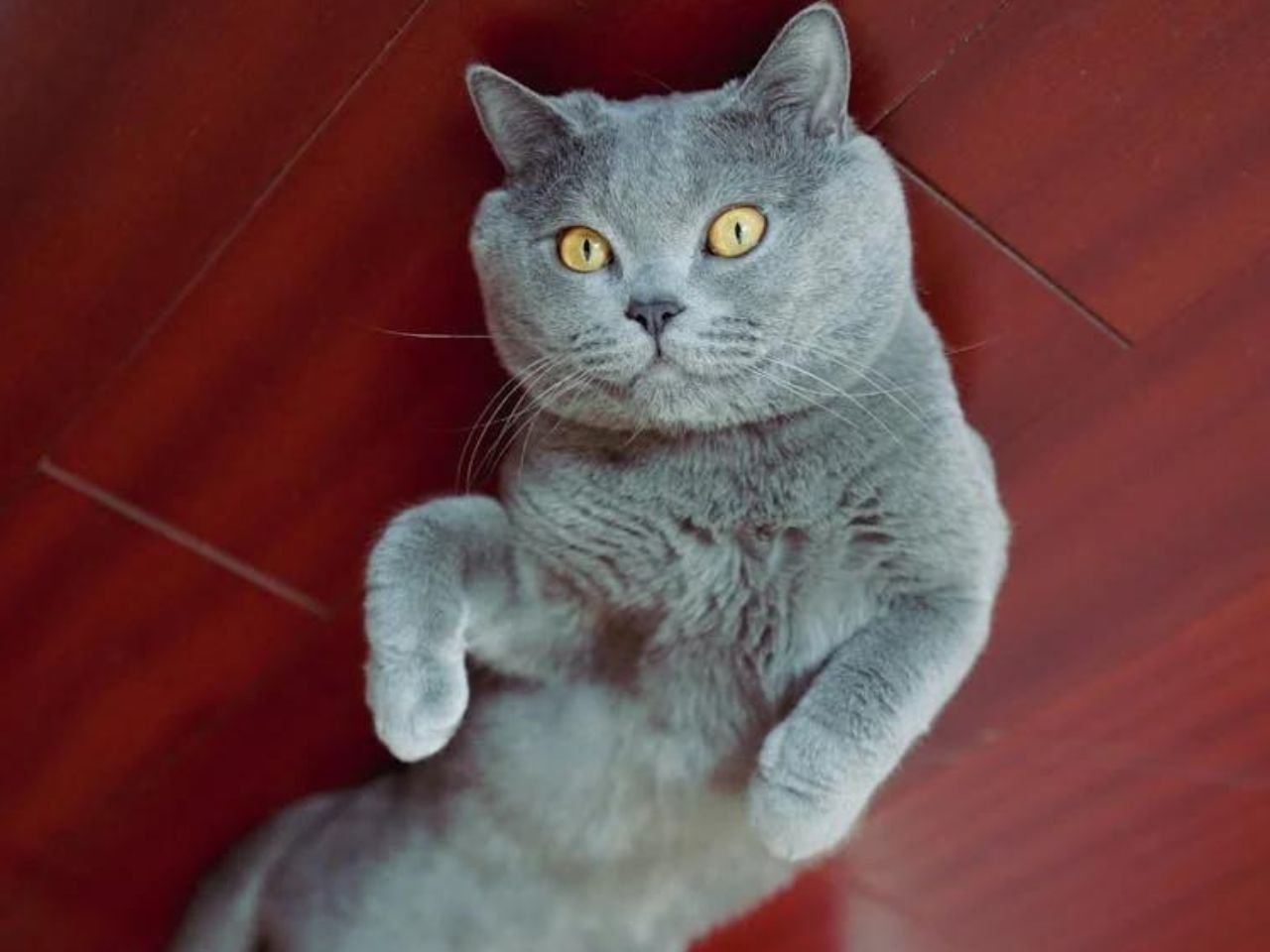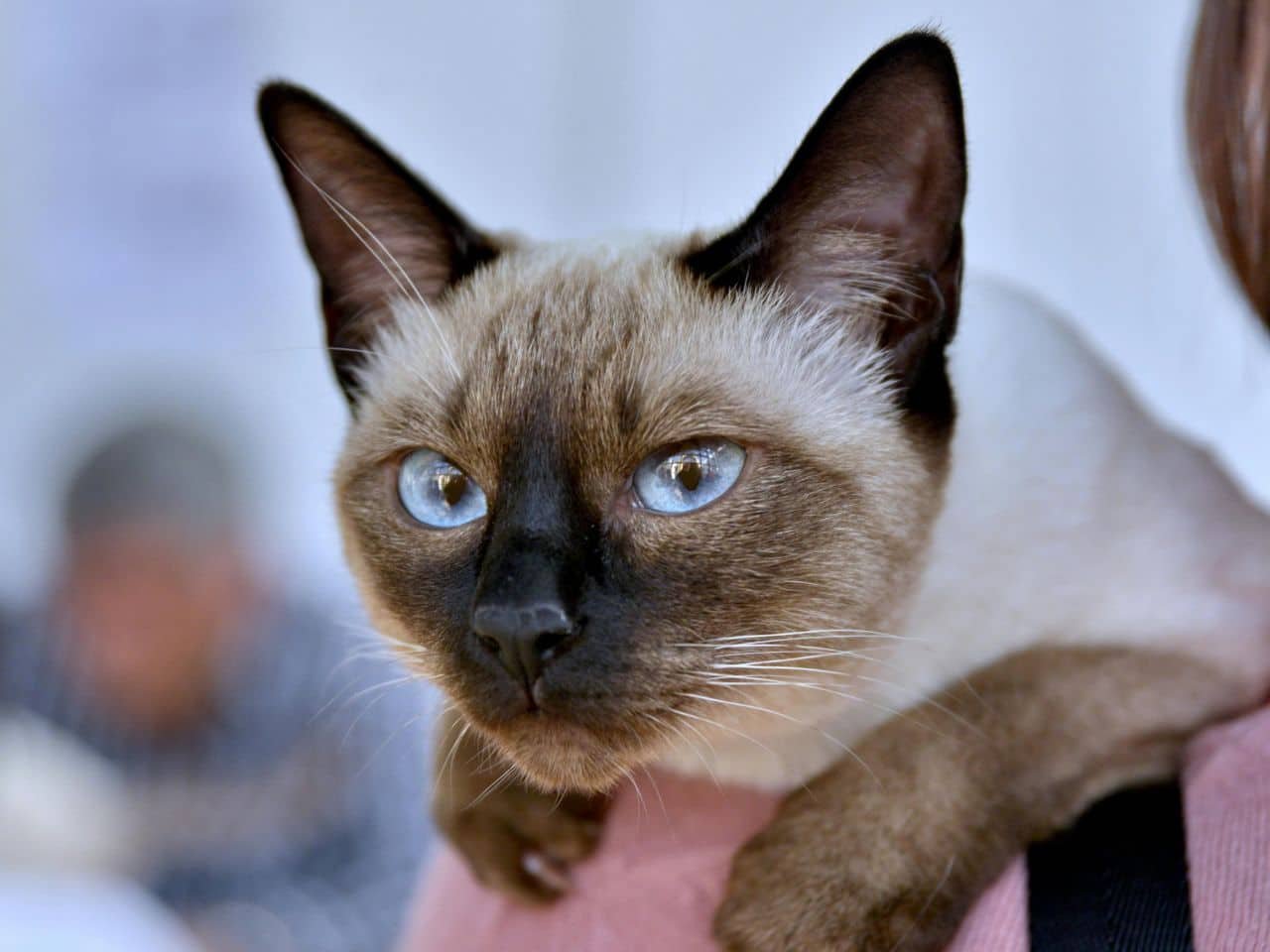Persian Cat Breeding Color Chart shows the variety of colors and patterns in Persian cats. Breeders use it to track and predict coat colors.
Persian cats come in a stunning array of colors and patterns. Breeding these elegant felines involves understanding the genetics behind their coat colors. The Persian Cat Breeding Color Chart is an essential tool for breeders. It helps them predict and track the possible colors and patterns of kittens.
Common Persian cat colors include white, black, blue, cream, and red. Patterns can be solid, tabby, bicolor, or calico. Knowing these details aids in producing healthy, beautiful Persian cats. This chart is a valuable resource for both experienced breeders and newcomers.
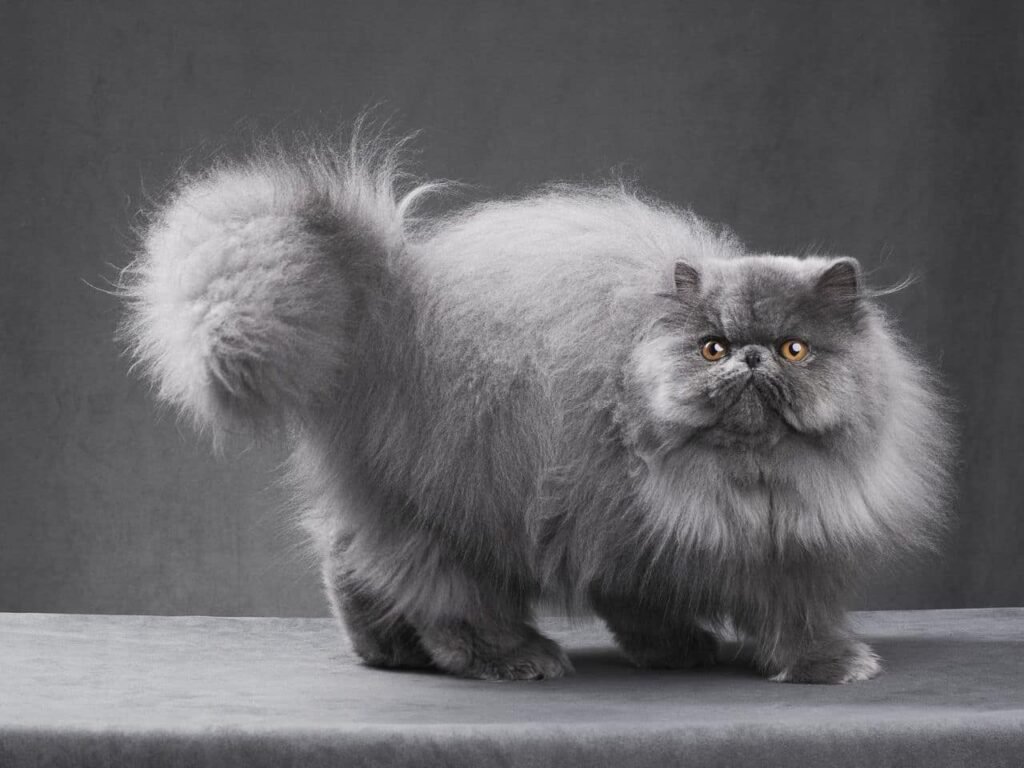
The History Of Persian Cat Breeding
Persian cats are a beloved breed known for their long, luxurious fur and sweet personalities. Understanding the color variations in Persian cats is important for breeders and enthusiasts. The history of Persian cat breeding reveals how these cats have developed over time. Must Be Read Are Siamese Cats Affectionate?
Origins Of Persian Cats
The origins of Persian cats date back to ancient times. They are believed to have come from Persia, now known as Iran. These cats were known for their long, silky coats and sweet temperaments.
Travelers brought these exotic cats to Europe in the 1600s. They quickly became popular among nobility and royalty. Persian cats were prized for their unique appearance and calm demeanor.
Here are some key points about the origins of Persian cats:
- Ancient roots in Persia.
- Brought to Europe in the 1600s.
- Favored by nobility and royalty.
- Known for their long, silky fur.
- Popular due to their calm and sweet nature.
Evolution Of Persian Cat Breeding
The breeding of Persian cats has evolved significantly. Initially, breeders focused on enhancing the cat’s luxurious fur. Over time, other traits became important too.
In the 19th century, selective breeding began to create distinct color patterns. Breeders aimed for cats with a flat face and a round head. This unique look sets Persian cats apart from other breeds.
Here is a table that shows some of the color variations developed:
| Color | Description |
|---|---|
| Solid | One solid color, such as white or black. |
| Tabby | Striped or spotted pattern. |
| Calico | Mix of white, black, and orange patches. |
| Himalayan | Color points on ears, face, paws, and tail. |
Breeding practices continue to evolve today. Modern breeders focus on health and temperament as well as appearance. Persian cats remain one of the most beloved and recognizable breeds worldwide.
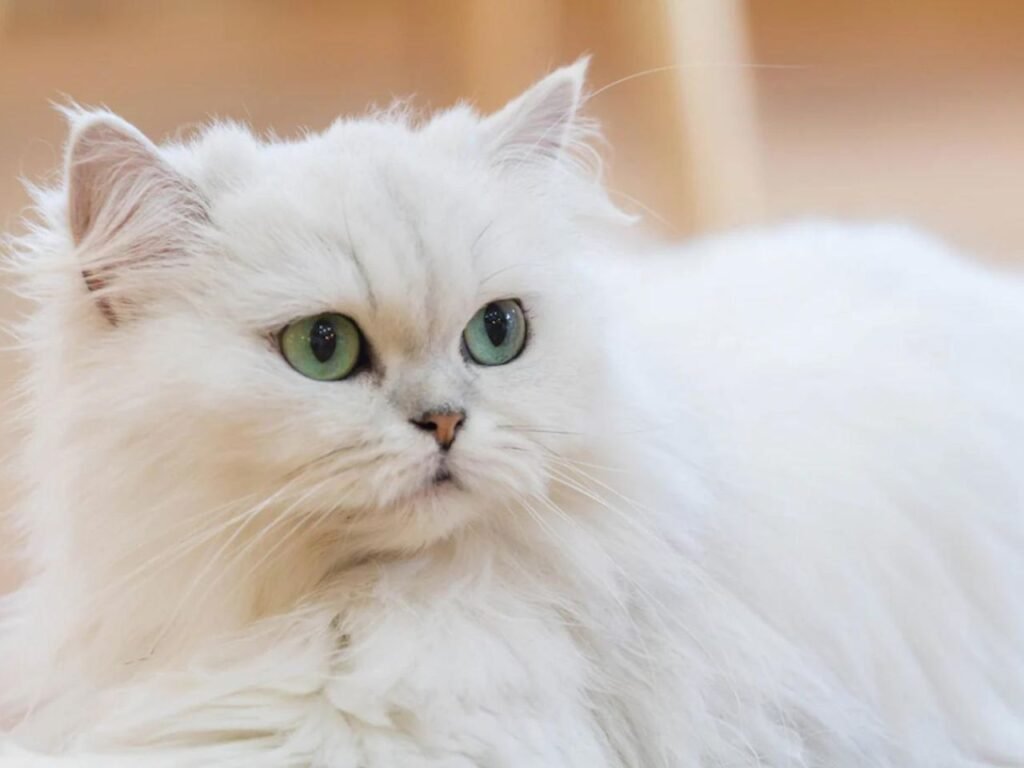
The Significance Of Coat Colors In Persian Cat Breeding
The colors of a Persian cat’s coat are very important. Breeders pay close attention to these colors. Each color has its own charm. The colors can affect the cat’s value. Some colors are very rare. This makes them more special. Knowing about these colors helps in breeding. It also helps in selling the cats. This guide will help you understand the significance of coat colors in Persian cat breeding.
Popular Coat Colors
Persian cats come in many colors. Some colors are more popular than others. Here are some of the most loved colors:
- White: This color is pure and elegant.
- Black: A sleek and shiny coat. Very striking.
- Blue: Looks like a bluish-gray. Very unique.
- Red: This color is bright and bold.
- Cream: A soft and warm color.
Some Persian cats have patterns too. These patterns add more beauty to their coats. Here are some common patterns:
- Tabby: Stripes, dots, or swirling patterns.
- Calico: A mix of white, black, and red patches.
- Bi-color: Two different colors on the coat.
- Himalayan: Light body with darker ears, face, paws, and tail.
Each color and pattern has its own charm. Breeders choose them carefully.
Genetics Of Coat Colors
The coat color of a Persian cat is decided by its genes. These genes come from the parents. Some genes are strong. These are called dominant genes. Others are weak. These are called recessive genes.
Here is a simple table to show how genes work:
| Parent 1 | Parent 2 | Kitten Coat Color |
|---|---|---|
| Black (Dominant) | White (Recessive) | Black |
| Blue (Dominant) | Red (Recessive) | Blue |
Breeders need to understand these genes. It helps them predict the colors of kittens. This makes breeding more exciting and successful.
Some colors need both parents to have the same gene. This is true for recessive colors. For example, a cream kitten needs both parents to have the cream gene.
Knowing about genetics helps in planning. It helps in getting the desired coat colors. This makes Persian cat breeding more fun and rewarding.
ALSO READ:
Breeding Practices And Color Chart
Persian cats are known for their beautiful fur and sweet nature. Breeding these cats involves understanding their color genetics. The Persian Cat Breeding Color Chart helps breeders make informed decisions. This chart shows the different color variations possible through selective breeding. Breeders use this chart to create kittens with specific coat colors. This blog will explore selective breeding and the Persian Cat Color Chart.
Selective Breeding For Color
Selective breeding involves choosing parent cats for specific traits. One important trait is the color of their fur. Breeders select cats with the desired color genes. These cats are then mated to produce kittens with similar colors. This practice ensures the desired coat color is passed on.
Here are some key points about selective breeding for color:
- Genetic Knowledge: Breeders must understand cat genetics.
- Parent Selection: Only cats with desired traits are chosen.
- Health Check: Parents must be healthy to avoid genetic issues.
- Record Keeping: Detailed records of breeding pairs are essential.
Breeding for color is not just about appearance. It also involves ensuring the health and well-being of the cats. Ethical breeders prioritize the cats’ health above all. Selective breeding requires patience and knowledge. It’s a meticulous process that can take years to perfect.
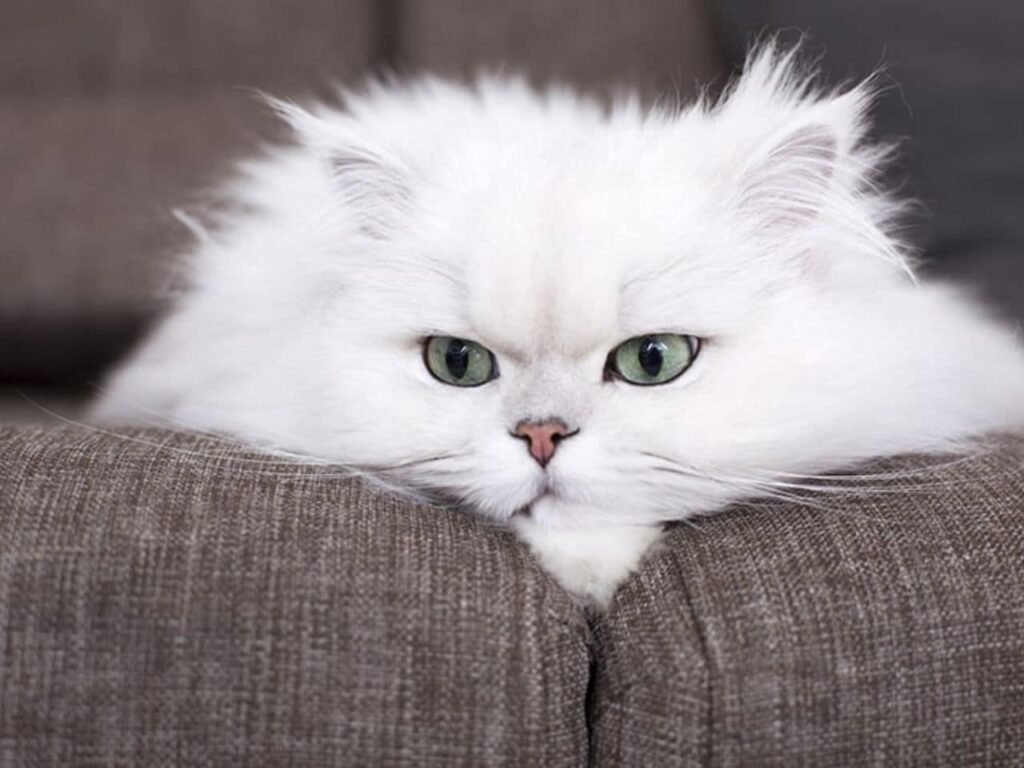
Understanding The Persian Cat Color Chart
The Persian Cat Color Chart is a valuable tool for breeders. This chart outlines the possible coat colors and their genetic combinations. It helps breeders predict the colors of future litters. The chart is divided into different categories based on color groups.
Here is a simplified version of the Persian Cat Color Chart:
| Color Group | Common Colors |
|---|---|
| Solid Colors | White, Black, Blue, Cream |
| Tabby | Brown, Silver, Red |
| Bi-color | White & Black, White & Blue |
| Calico | White, Black & Red |
| Himalayan | Seal Point, Blue Point, Lilac Point |
Each color group has unique genetic markers. Breeders use these markers to predict the outcomes. Understanding the chart requires knowledge of genetics. This chart simplifies the complex process of breeding Persian cats.
Frequently Asked Questions About Persian Cat Breeding Color Chart
What Colors Do Persian Cats Come In?
Persian cats come in a variety of colors, including white, black, blue, cream, and red. They also have bi-color and tri-color patterns.
Are Blue Persian Cats Rare?
Blue Persian cats are relatively rare compared to other colors. Their unique silvery-blue coat makes them highly sought after by breeders and cat enthusiasts.
How To Identify A Purebred Persian Cat?
A purebred Persian cat typically has a round face, short muzzle, and long, flowing coat. Their eyes are large and expressive, adding to their distinctive look.
Can Persian Cats Be Bi-colored?
Yes, Persian cats can be bi-colored. Bi-colored Persians have a primary color with white patches, creating a striking and unique appearance.
